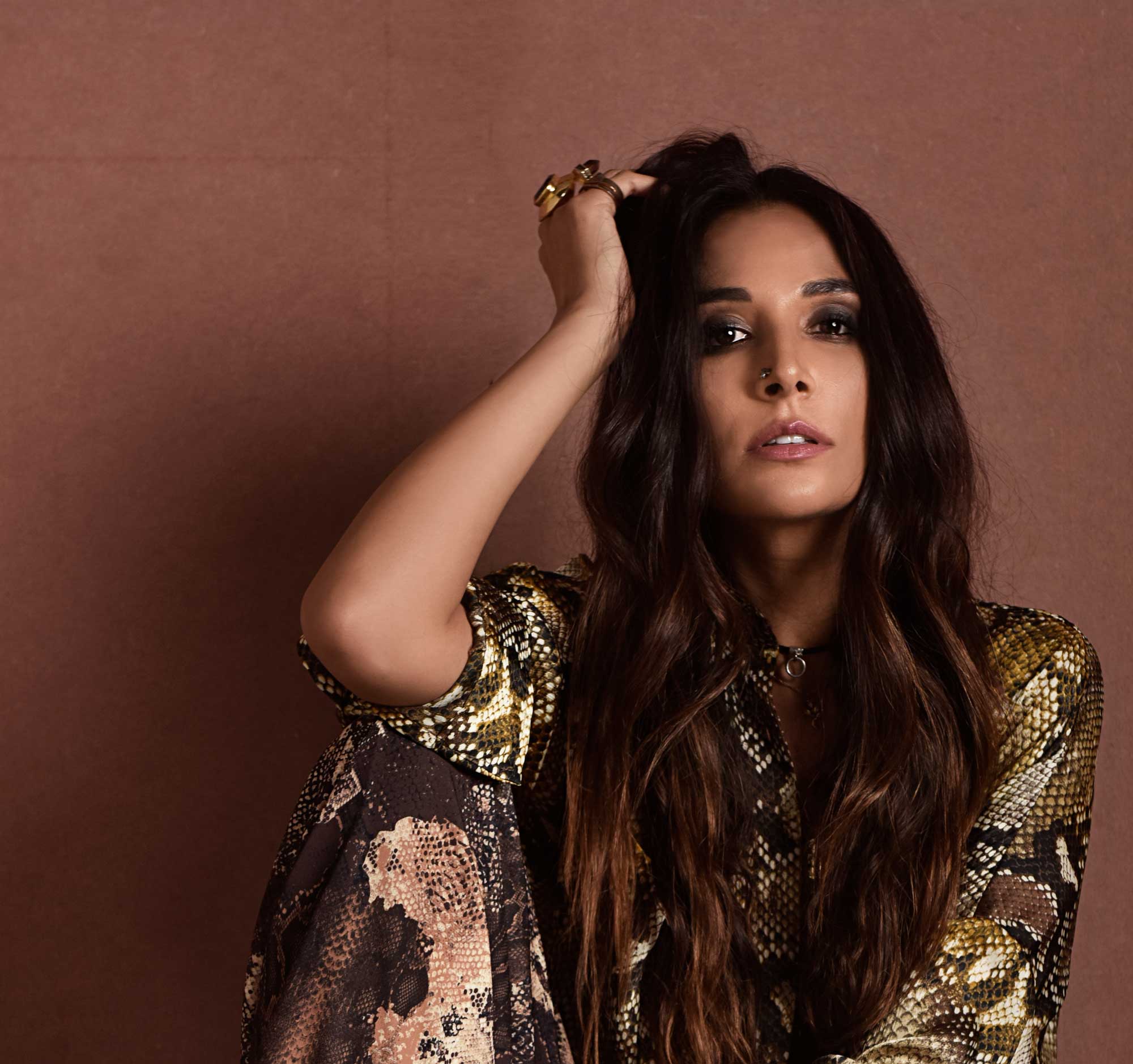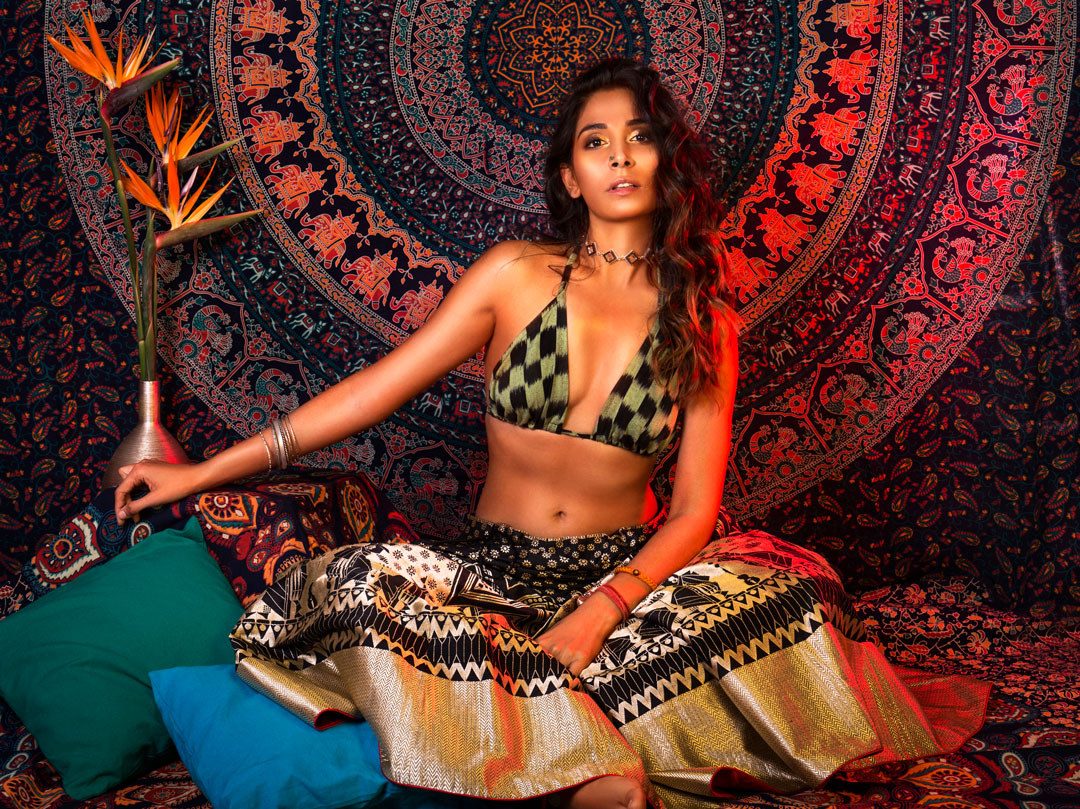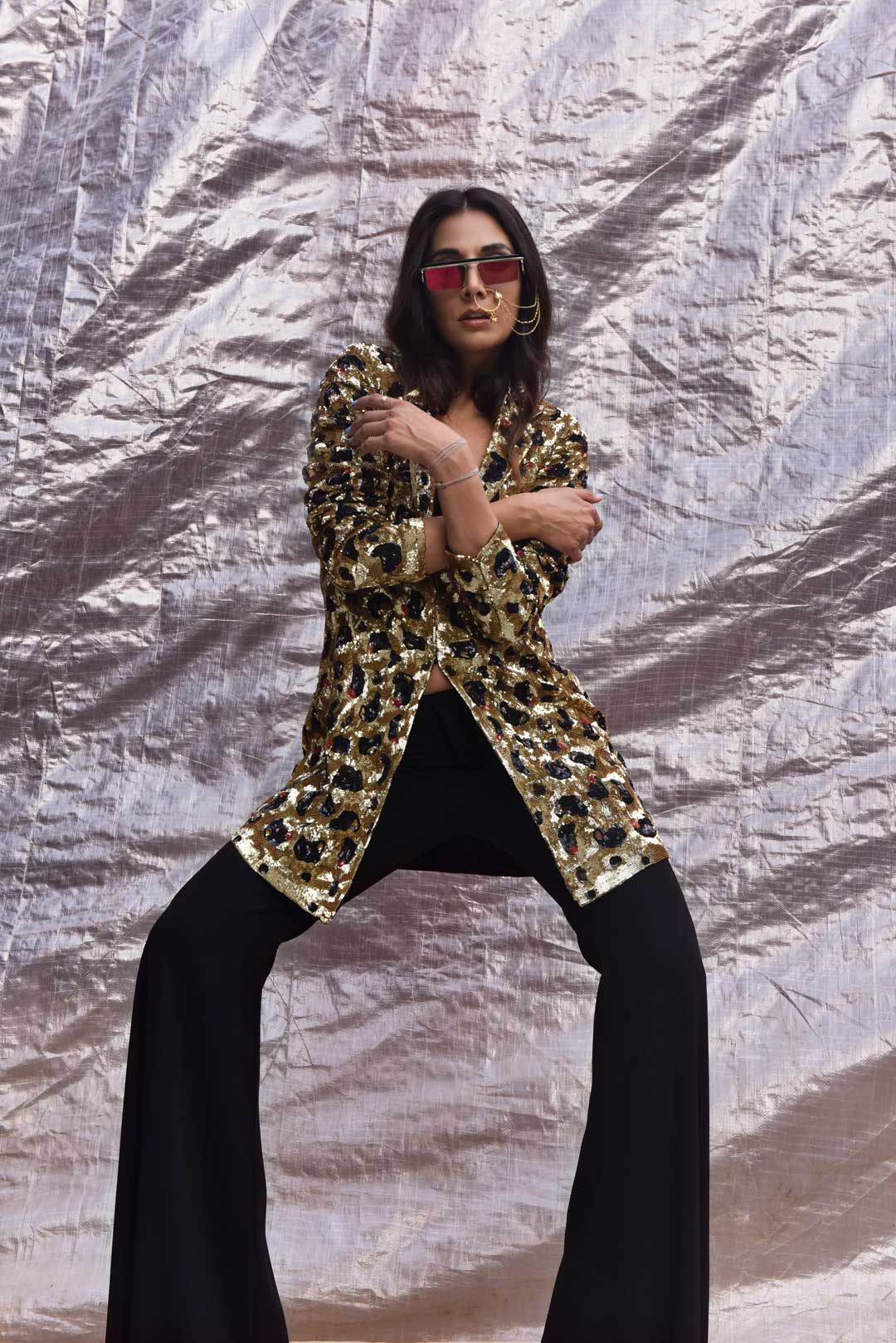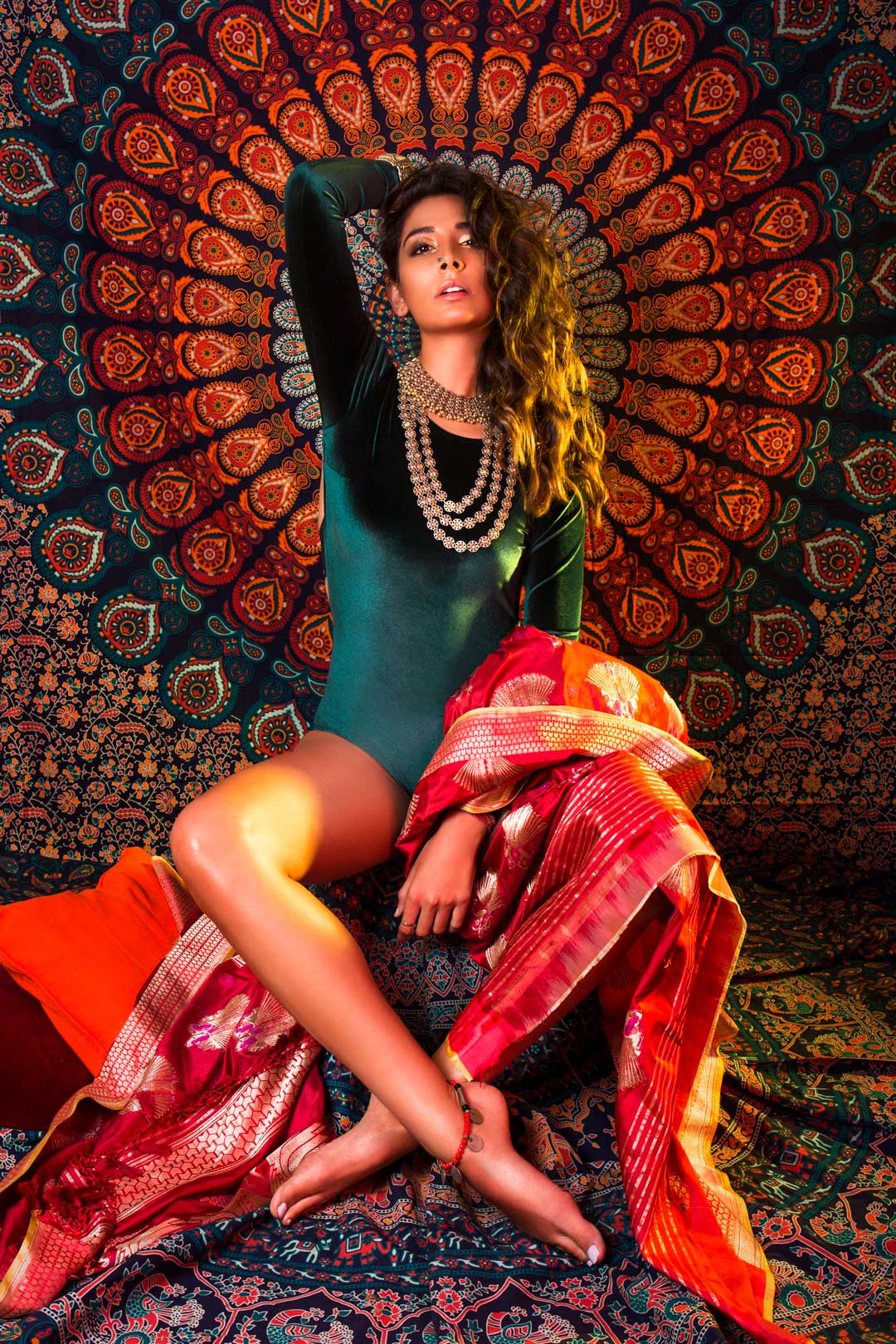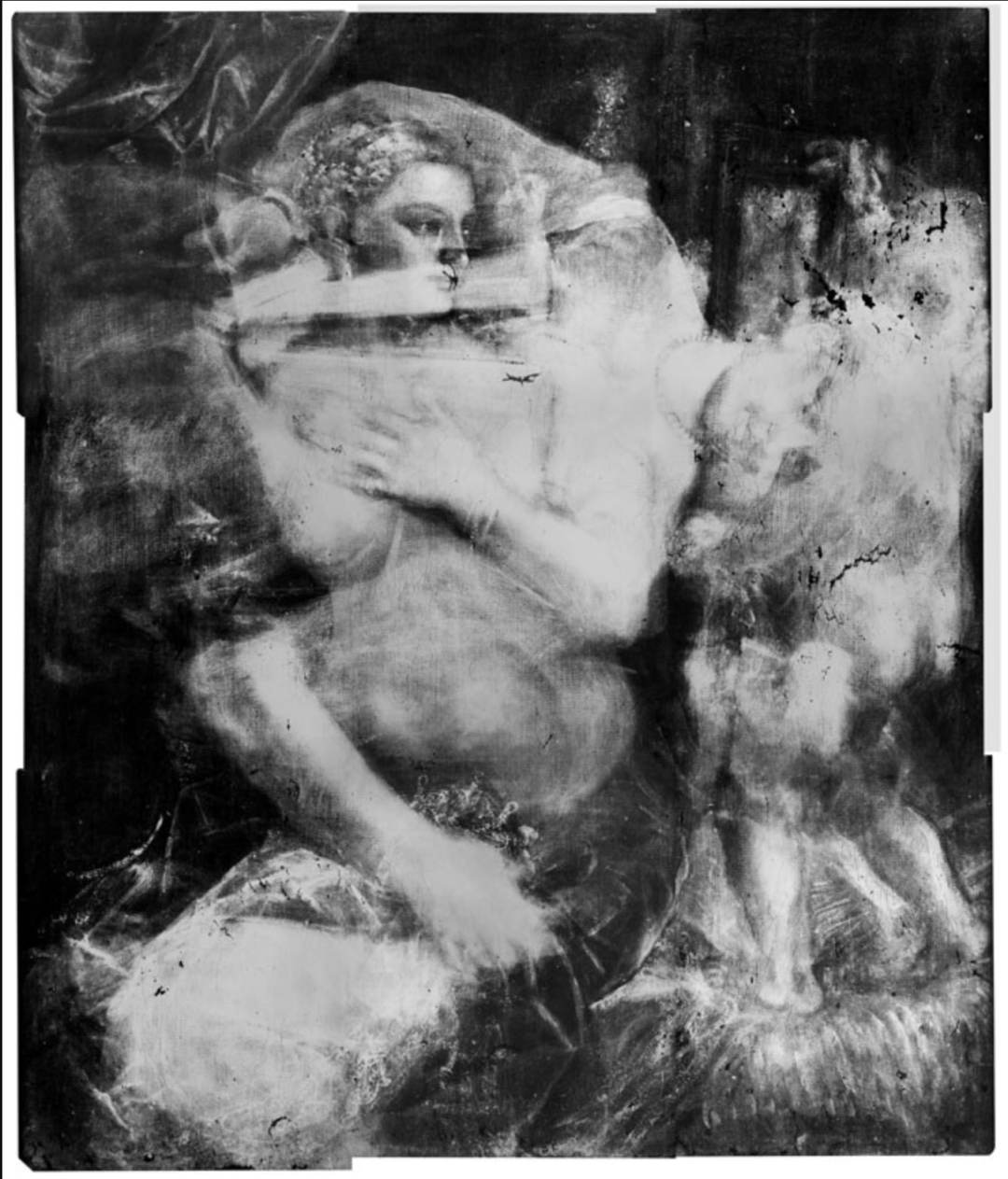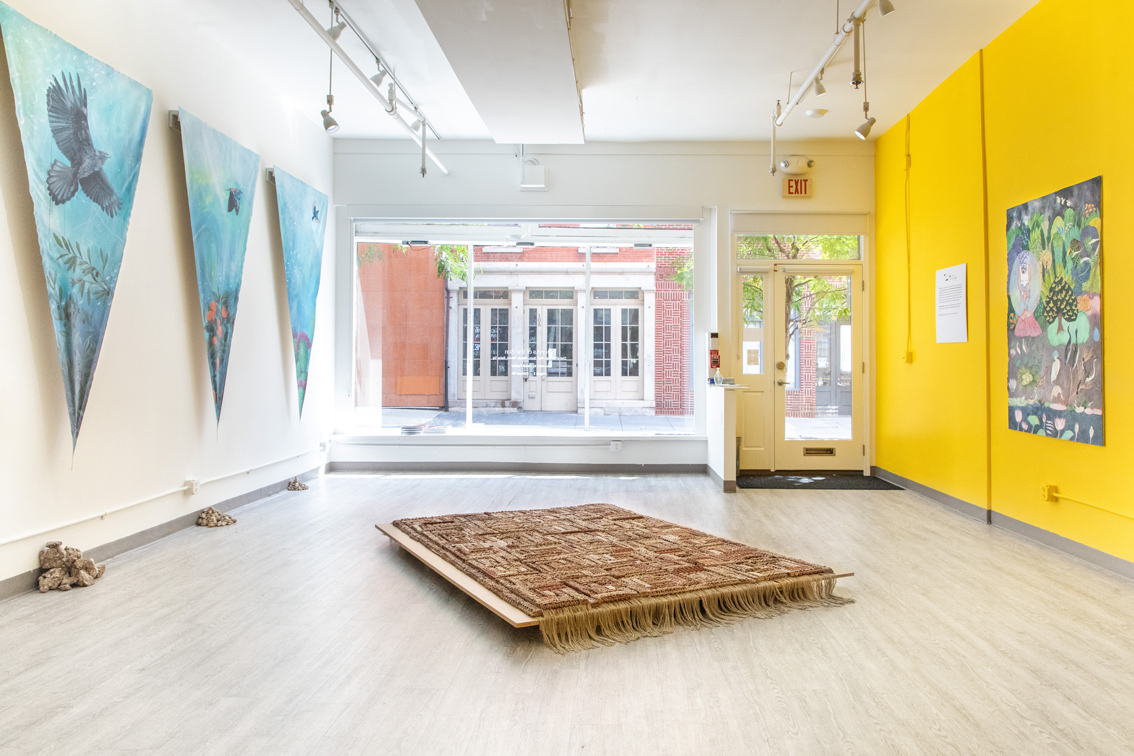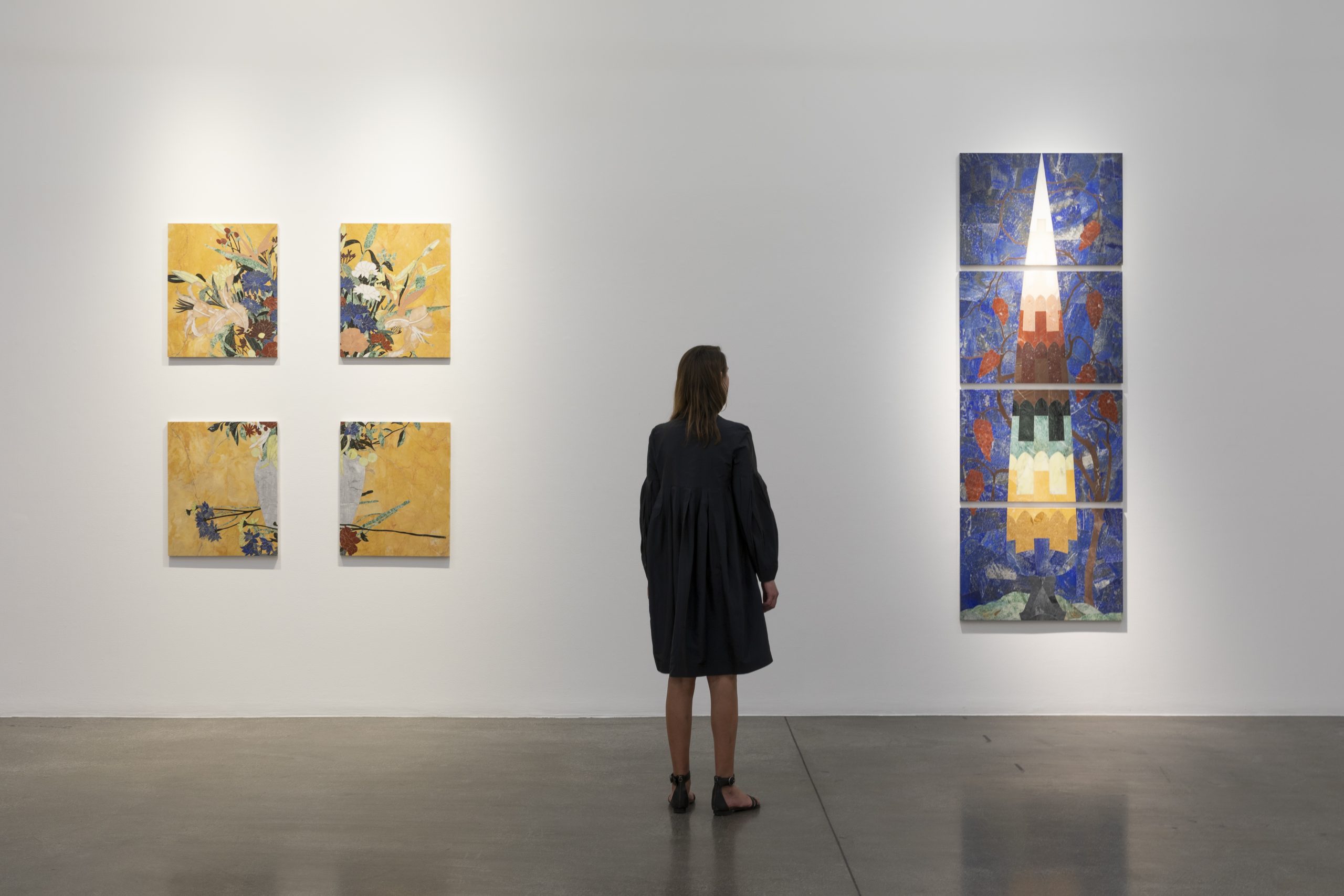Monica Dogra’s (of Shaair and Func fame) newest single See Me Now is an explosive, beautifully rendered interplay of gender, dressage, Indian folk traditions, and self-love. Monica, who has been an active voice in the Indian new-alt scene has a unique experience in the constantly changing, widening landscape of alternative music- as female-bodied, as American Indian and as an artist actively interweaving Indian folk traditions (check out Naraye Mastana) within her music. We caught up with her recently, about her newest EP, gender-fluidity, Dogri folk songs and much more.
Q. Monica, we loved the track See Me Now, from your EP, Seeing Red. You posted on your Twitter that it was an independent release. What made you move towards this now, away from the usual beaten path of labels and corporations?
Monica: Releasing with a label versus. releasing independently both have their pros and cons. For me though, one thing I knew for certain, was that I was not ready to hand over the rights to my music for free to a corporate entity this time around. Generally, “record deals”, for English music in India, except in the rare cases that artists are given 360 deals where they are signed, developed and groomed and therefore owned by the label, are cosmetic to a certain degree. Artists, for the most part, have to pay for their mastering, their studio time, their artwork, their music videos, completely on their own – labels do not do this. I’m lucky to have incredible relationships with labels and corporates who have supported me over the years – but I really did feel confident about doing this one on my own this time around. I was lucky to receive tremendous support from Apple Music.
Q.See Me Now is an incredible melange of so many themes. On one hand, the video itself sees you performing femininity in public spaces, things women usually do in private, such as shaving legs. There is such an intricate weaving of garments, concepts and breaking taboos around what women may say, hide or not. What experiences inspired you to move towards embodying this, and visualizing this in your craft?
Monica: Firstly, thank you so much for asking such insightful questions. I really appreciate it. The question of censorship and embodiment being some sort of gateway to either propriety or being trapped is a big theme in my life in general (and I’m guessing for most women). Women are constantly compared, measured, pegged as one way or another based on how much nudity or how prude, are we pretty enough, are we young enough, are we happy enough, are we too powerful? Are we too weak? God, it’s just endless!
For me, I just want freedom, and the option to decide what that looks like for me. With the knowledge that whatever my freedom looks like is subject to change at any given moment! I only hope my choices are not governed by external forces. See Me Now, came out of me at a time when my self-hatred and fear was enveloping me, to the point of intense social anxiety and some artistic inertia. I experienced some of the downsides of fame, and it was making me censor myself, and making me fearful to go out, fearful of people, just so full of fear. I hit a point where I sat with myself and really confronted what I would do if I never wrote a song again. If I never performed again, if I never earned another rupee, if I lost all fame, all recognition, all my friends – I sat with all of these IF’s – and asked myself, do I matter then? And I arrived at the answer, that my spirit is only in its physical form, to learn, and grow, and change, and love – that I’m here – and I exist – and I matter – just like all beings on this planet do. I am valid. No matter what. Hence, all these themes creeping into See Me Now. Being falsely accused – wanting to love with a childlike innocence anyway – and ready to say FUCK YOU and blow a kiss to the haters all at the same time.
Q. Apart from the video itself, the music too is an interesting crossover between Indian folk traditions and electro-percussive elements. We see this in Naraye Mastana as well. Given that the two styles are so different from one another, how was it experimenting with them together, and did you conceive them separately when you were writing, and then put them together, or were they imagined in simultaneity even when you began thinking about the song initially?
Monica: Song-writing for me is an act of surrender. You enter into a studio with the intention of writing, but you have no idea what the hell is going to happen truthfully. Abhimanyu Malhotra/ Dutty Deedz and I went to Ribbit studios (Mikey McCleary’s studio), every day for a few months, to just work on music and explore a new global bass, dance sound. I knew I wanted to include a song that my Mamaji had taught me in Dogri when I was a kid because my Mamaji is in some ways a hero to me. I was estranged from my mother for 10 years, and her side of the family is full of singers, poets, and spiritual people. When I make art, write music, make a music video- .I’m kind of on a journey to heal myself. The process carries me through a birth/death life cycle where I’m able to process big wounds, and bridge giant chasms in my consciousness. It all sounds hokey to even write about, but it’s the truth. Dogri is a dying language in Jammu. I felt an opportunity to take this beautiful song that connects me to my lineage in a language I adore, and put it into a context that makes it relevant to me. The folk song is also about a man confronting his wife about her missing nose ring after she returns home from the market. It’s full of a sort of subversive innuendo. I flipped it, and said, I shouldn’t have to justify my actions to you or anybody else. I just want to love. I’m just trying to live and be true, and be good…and hopefully, make some sort of a tiny difference with this life I’ve been given.
Q. You take traditional femininity, and then you invert it, in See Me Now. Naraye Mastana is a Sufi song originally sung by Abida Parveen, where the whole idea of gender inverts itself to something closer to an agenda identity.- it’s about love, creation, devotion. How do you read yourself, as an artist, as a woman, between these two worlds of gender and genderless-ness?
Monica: How do I read myself? I am so fluid. I’m still understanding how female bodied I am, though my internal experience is not connected to femininity the way my body is. For instance, if you speak to my closest of friends, most of them are women, and even the few that are men, I am usually the “boyfriend” archetype- the “protector”, the “provider”. It is rare that I feel weightless, it is rare that I feel I can be fragile, that I can be held rather, than being the one doing the holding. If that makes any sense. We all are different mixes of male/female energy. I allow myself the space to figure out which ways my mercurial spirit is waxing and waning with the two at any given moment in time. I know that feeling this way is a privilege. Which is why I feel so passionate about making art that makes space for others to have the freedom to discover themselves as well.
Q. As an artist, who used to practice dance, and continues to practice music, who would you say is your recent influences towards this new shift in the kind of music you create?
Monica: I am influenced by so much constantly. I want life to shape me and change me, and age to clarify me so that I can be better. Taking a year off from touring was a big deal for me. When you’re in entertainment, and especially a woman, you are often made to feel like you can be here today and gone tomorrow. Luckily, after 11 years in this business, I feel as relevant as ever, and I also feel the freedom to experiment and do whatever the hell I want to do. It’s an incredible feeling. I do feel a call to be a bridge – in a very divisional world. Divisions of class, divisions of gender, divisions of western vs. eastern, English vs. Hindi, old vs. new, pop vs. underground. There is something so in between that is just my nature. And so, I follow my dharma and walk the lines between, attempting to build bridges along the way.
Q. How do you visualize your upcoming projects? Are there any collaborations we might look forward to?
Monica: My upcoming projects will include writing more material. I just cannot wait for that. I have a very full tour season in the next few months. I am working on a fashion and music collaboration with Kanika Goyal that I’m looking forward to. I’m DJ’ing and playing live, and also shooting a new television show…but most of all, I’m looking forward to writing more music.
Check out Monica’s latest single here.
Interview by Anandita Thakur.
Photos by Tanvi Vora and Gary Dean.


